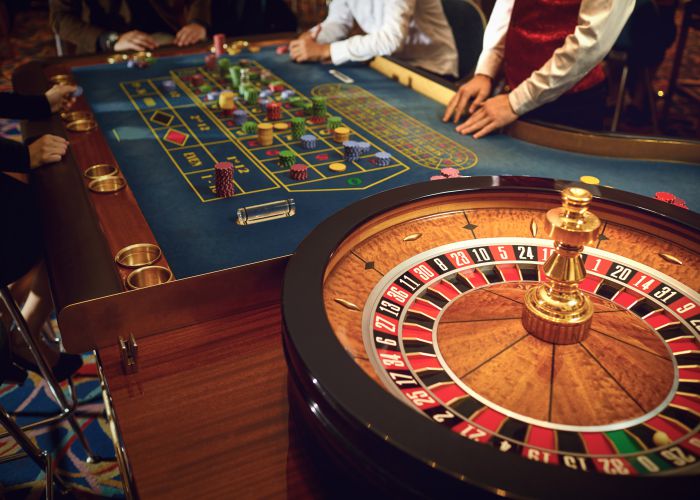
Casino games have been a well of amusement and thrill for numerous players around the world. One of the main factors that renders these games engaging is the diversity of cards used in various kinds of games. Understanding the various kinds of cards can improve your experience and refine your gameplay strategies. Regardless of whether you are drawn to traditional card games like Texas Hold’em and 21 or modern casino offerings, each game relies on a unique set of cards that affects the regulations and the flow of play.
In casino settings, cards come in several styles, each designed to meet the requirements of specific games. From regular decks to custom card variations, the diversity plays key role in shaping the mechanics of each game. By acquainting yourself with these cards and their uses, you can gain more profound insights into the games and make better decisions at the table. This understanding not only enriches your gaming experience but also contributes to a higher-level approach to your chances of winning.
When it comes to casino games, the type of playing cards used can greatly impact the gameplay and tactics. The most common deck is the standard 52-card deck, which consists of four suits: clubs, and spades. Each suit contains thirteen ranks, from Ace to King. This traditional deck is essential in many games, such as poker, where players aim to form the best hand possible or get as close to 21 as they can.
Some casino games use unique decks specifically designed for those games. For example, the well-known game of baccarat often uses multiple decks combined, typically six or eight. This not only increases the complexity of the game but also affects wagering strategies, as players must account for the higher number of cards in play. Additionally, some games may introduce joker cards or wildcards, adding further variety and thrill to the gaming experience.
In niche games, specialized decks may come into play. For example, in games like Bridge or pinochle, participants might use specific rules with varied card values or functions. These changes keep the gameplay fresh and allow for diverse strategies to appear. Understanding the various types of playing cards and their particular uses in different casino games is key to enhancing one’s gambling experience and improving overall performance at the tables.
In gambling activities, the type of deck used can significantly affect both the play and the tactics used by participants. Most traditional playing card activities, such as 21 and five-card draw, typically utilize a regular 52-card pack. However, modifications do exist where extra wild cards or even multiple packs are utilized. For instance, in 21, some gaming establishments may use one to eight packs, which can change the odds and the basic strategy needed to compete effectively. Participants must be cognizant of the deck composition, as it affects the casino advantage.
Another frequent modification in gambling card games is the use of specialized or custom packs. For example, some poker activities might use a deck that includes unique images or designs, which can enhance the atmosphere at the table. These custom packs often serve to differentiate between different play types or loyalty initiatives within the gaming establishment. While the standard guidelines of the activity remain the same, the visual appeal can influence player involvement and enjoyment.
Finally, the shuffling techniques employed with different types of decks can also impact play. Casinos often make use of automatic mixing machines that can randomly shuffle several packs effectively, making card counting more difficult Truyenqq. The frequency and manner of shuffling can differ widely based on the game and the gaming establishment’s policies. Understanding these deck modifications is important for any player seeking to improve their tactics and overall satisfaction in gaming activities.
In gaming activities, the worth of individual card plays a crucial role in deciding the consequences of different activities. Different games assign distinct worths to cards, influencing tactics and gamer choices. For instance, in blackjack, cards numbered 2 through ten are rated at their nominal value, while face playing cards hold a worth of 10, and the ace can be valued alternatively 1 or 11. Comprehending these values allows players to make informed decisions during play, enhancing their odds of winning.
In the same way, in Texas Hold’em, the value of playing card worths extends to hand and combination values. High-value playing cards can form more powerful hands, such as pairs, straight hands, or flush hands, which are important for success in the activity. Players must consider not only their own cards but also potential combinations their rivals might hold. This strategic depth adds thrill and complexity, making card worths a central element in poker’s attraction.
Furthermore, the cognitive aspect of playing card worths cannot be overlooked. Gamers may use the knowledge of card values to bluff or trick their opponents. By grasping how a playing card’s value can impact the game’s dynamics, gamers can better navigate risks and gains, creating a exciting atmosphere in gambling games. Whether competing for fun or for real money, awareness of playing card worths significantly influences the overall gaming encounter.
